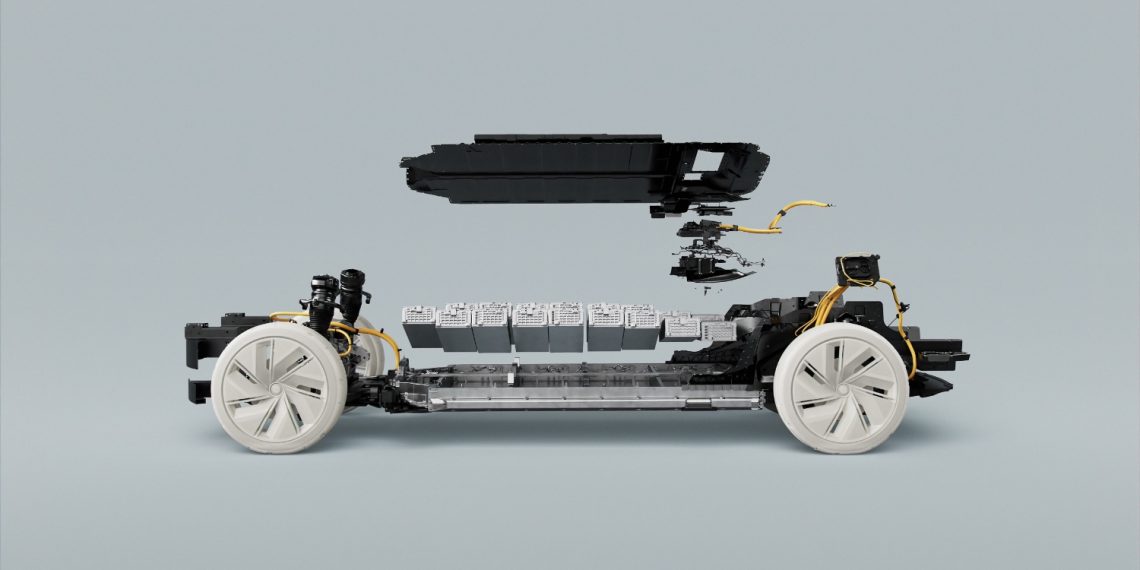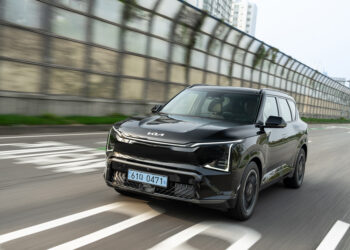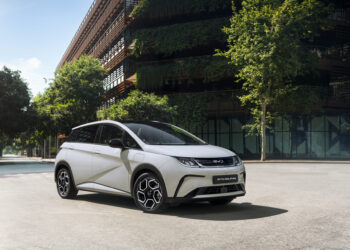Iron may replace materials such as nickel and cobalt used in electric vehicle batteries, a solution that would allow for more ecological and cheaper equipment.
The conclusion is put forward by a study from the American University of Oregon, now published by the scientific journal Science Advances, which suggests that iron could be a key component for future lithium-ion batteries, making them more environmentally friendly compared to the current use of nickel and cobalt.
“As we use iron, whose cost may be less than a dollar per kilogram, a small fraction of the price of nickel and cobalt, which are essential in current high-energy lithium-ion batteries, the cost of our batteries is potentially much lower”, revealed Xiulei Ji, one of the study’s authors, in a statement.
According to the chemist from Oregon State University, in a few decades, the global scarcity of nickel and cobalt will impact battery production, considering the high global demand for these equipment for the electrification of the transportation sector.
With the results now known, researchers hope to trigger a “green battery revolution”, starting with a solution that can “offer higher energy density than the latest generation cathode materials in electric vehicles.”
Furthermore, cobalt is toxic, which means it can contaminate ecosystems and water sources, the study also points out, which anticipates a “global demand for chemicals for new and more sustainable batteries”.
A battery stores energy in chemical form, which, through reactions, is converted into the electrical energy needed to power vehicles, cell phones, computers, and many other electronic devices.
According to Xiulei Ji, iron, besides being the most common element on Earth in terms of mass, is the fourth most abundant element in the Earth’s crust, ensuring the sustainability of its eventual use in batteries.
Despite the advantages, the researcher made it clear that it is necessary to improve storage efficiency, but if this evolution is achieved, the “result will be a battery that works much better than those currently in use, costing less and being more environmentally friendly”.
“If there is investment in this technology, it won’t be long before it is commercially available,” Xiulei Ji emphasized, stating that “industry visionaries are now needed to allocate resources to this emerging field”.









